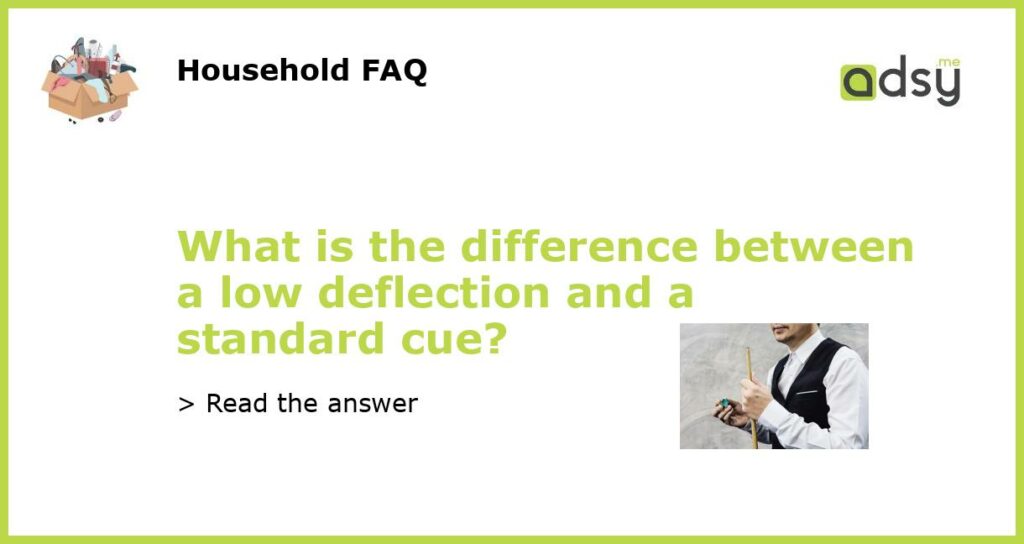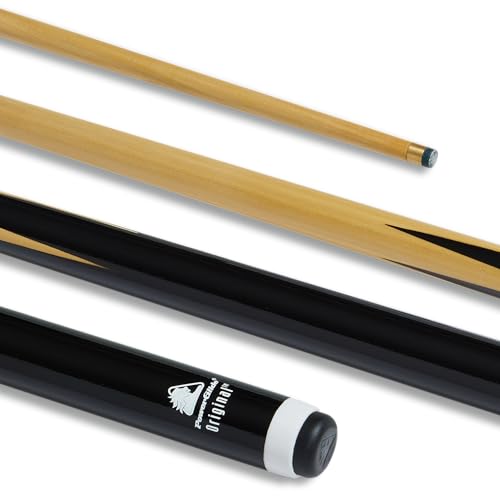What is a pool cue?
A pool cue is an essential tool used in the game of billiards, consisting of a tapered wooden shaft with a tip on one end and a handle on the other. It is used to strike the cue ball, which then strikes the other balls on the table. The quality of the pool cue is of great importance.
What is the difference between a low deflection and a standard cue?
The major difference between a low deflection and a standard cue is the amount of cue ball deflection that occurs when the cue ball is struck. A standard cue has a traditional shaft that creates more cue ball deflection, while a low deflection cue’s shaft is engineered to be more accurate by creating less cue ball deflection.
What is cue ball deflection?
Cue ball deflection is the amount of deviation that occurs when the cue ball is struck off-center by the cue tip. When deflected, the cue ball will not travel in a straight line, but rather in a curved path. This can cause errors in shot accuracy and can make the game more challenging to play at a high level.
How does a low deflection cue improve my game?
A low deflection cue can help improve your game by reducing the amount of cue ball deflection, which can lead to more accurate shots. It can also help with consistency in shot making, allowing you to make better decisions on the table. Additionally, a low deflection cue can help reduce the amount of cue ball spin that occurs, making your shots more predictable and easier to control.
Are low deflection cues more expensive?
Yes, generally low deflection cues can be more expensive than standard cues due to the advanced technology used in their design. However, the investment in a high-quality cue can pay off in improved performance and enjoyment of the game. Many top-level players choose to use low deflection cues for these reasons.






